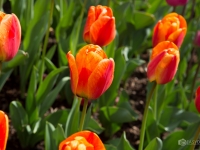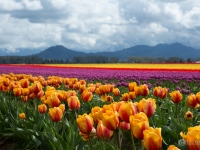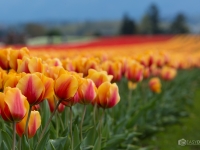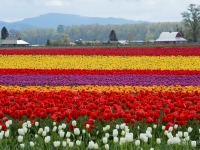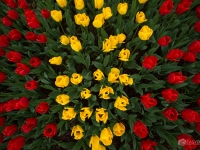Took a little family trip through the Skagit Valley North of Seattle last week.
Just happened to be during the Tulip Festival 🙂
It’s an amazing explosion of color – really hard not to get some great photos. These are a few of my favorites. I won’t show you the other 235!
I was trying out some different perspectives using a Canon 5D Mark III paired with a 70-200 mm f/2.8 L lens and a 16-35mm f/2.8L lens. The first 3 were at 70 to 80mm. The 4th and 5th photo were at 200mm – I was using this focal length to ‘compress’ the perspective giving condensed bands of color. The last photo was at 16mm just holding the camera at arms length above a bed of tulips for a unique perspective.
I used different Focal Lengths and Apertures in these photos to modify the Depth of Field (how much is in focus) to give a different look to the photos. >>Click here to find out How to Isolate your Subject with Narrow Depth of Field <<
I hope this gives you some interesting angles to try out in your flower photography.


